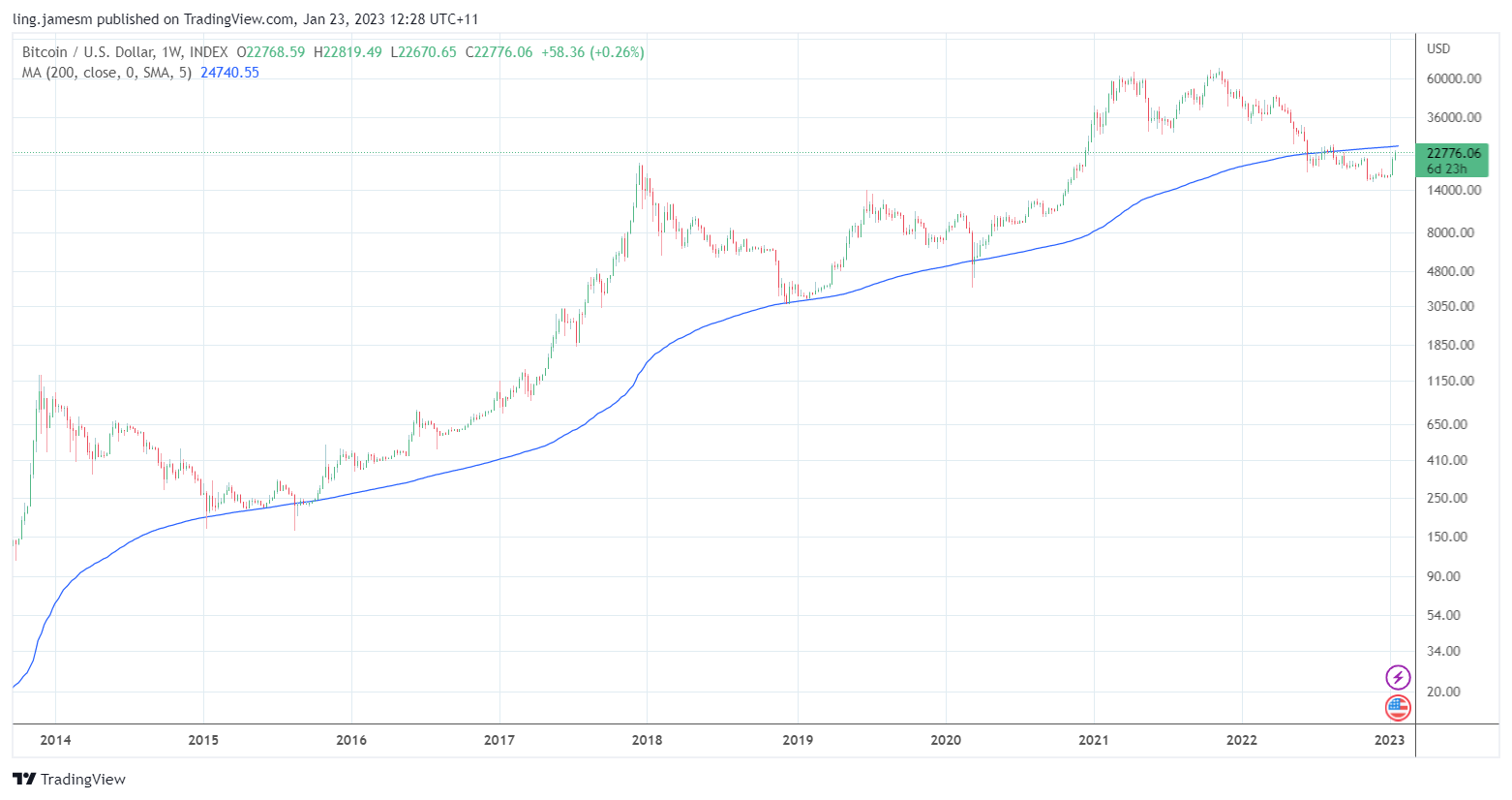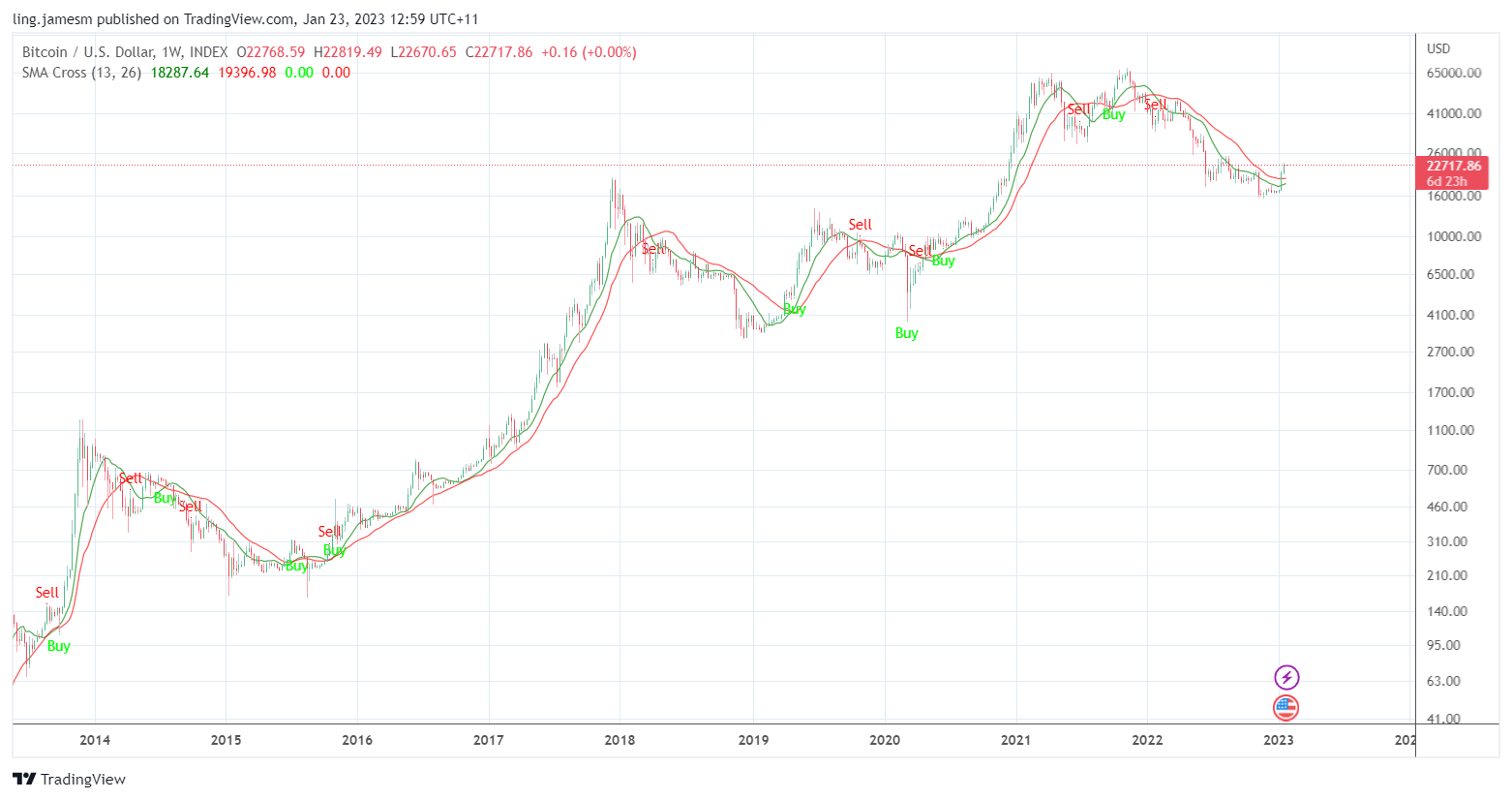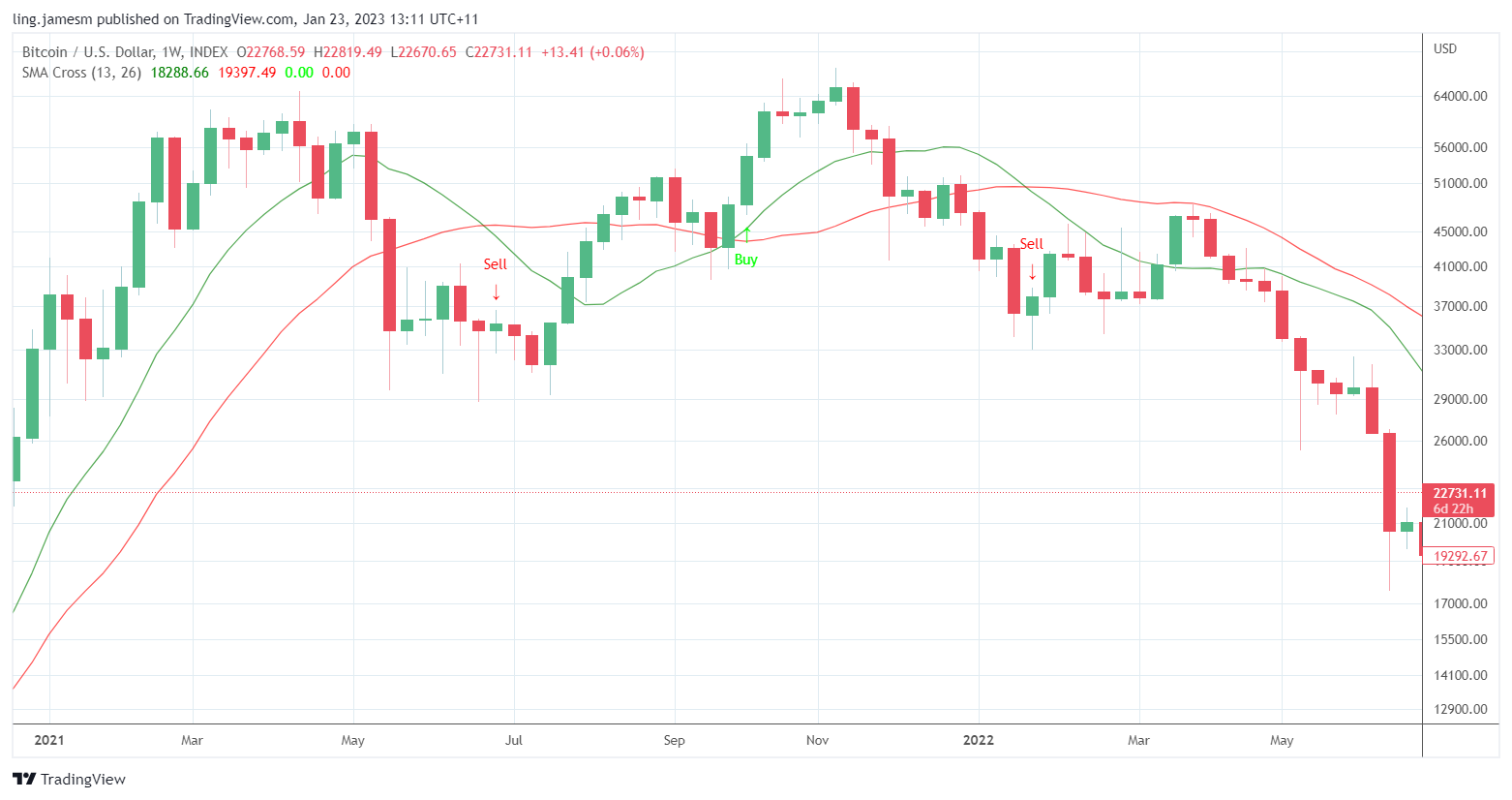The Technical Approach to Fear & Greed
Smart investors eventually come to realise that the most significant factor in their investment performance is their ability to control their emotions. Warren Buffett himself once remarked: "It’s an easy game, if you can control your emotions.” He may well have been paraphrasing his mentor Ben Graham who said “the investor’s chief problem – and even his worst enemy – is likely to be himself”.
The truth of this manifests in market cycles propelled by investor fear and greed. Fear of missing out (aka FOMO) often results in buying near tops and panic selling thrives near bottoms. Most, if not all, investors have experienced this — the author not excluded. Even the pros aren’t immune. The crypto market’s recent bull frenzy and subsequent wipe-out caught pros and punters alike, even after discounting fraud and misbehaviour.
How might investors in crypto – in fact, all asset classes — protect themselves from themselves while striving for acceptable risk-adjusted returns?
One approach is to use technical indicators to form a view about market sentiment to inform the decision-making process and combine this with a systematic approach for trade management.
Systematic trading involves defining specific rules before a trade is made and then applying those rules in a mechanical way. That includes what to buy, when to buy, how much to buy and most importantly, why, and when to sell. Having a clearly-defined trade strategy can insulate the investor from emotionally-clouded decision-making if they can apply the rules and stick to them.
It’s important to first acknowledge that a systematic approach incorporating technical indicators is not a panacea for poor performance using buy-and-hold or other techniques. It is simply another weapon in the trader/investor’s arsenal. It could be employed on a single asset, a portfolio of assets or even a trader/investor’s entire exposure to the markets.
Second, employing technical indicators to inform buy and sell decisions requires the trader/investor to establish beliefs about the market and then trade according to their beliefs. Beliefs about market behaviour can then be translated into rules. Without any such beliefs, it is difficult to define entry and exit rules that the trader/investor can be confident in using and sticking to during periods of extended volatility.
How might this work in practice? Let’s consider an example using Bitcoin (BTC):
The first step is to define a belief about BTC. For this example, our belief is that BTC price reflects market sentiment and that if the price is rising, then sentiment is bullish and if price is falling, then sentiment is bearish. This might be self-evident or even too simplistic, but in fact it is profound because this belief leads to rules that we are confident to trade.
For example, we might use a simple moving average (SMA) to quantify our belief. Online tools are readily available to apply indicators such as SMAs over a price chart on major crypto assets. Let’s say that over the longer-term, the BTC boom and bust cycle is reflected in a 200-week SMA, roughly equivalent to the halving cycle:

Applying this indicator to BTC we see that BTC price has found a support floor at the 200-week SMA apart from some small exceptions. As of writing, BTC is below the floor but has recently pulled back to the 200-week SMA support line.
A long-term investor that only bought (entered) at each touch of the 200-week SMA would have averaged-in and generated positive returns without over-paying during the FOMO periods. If this price action persists, then an entry signal based on this belief appears imminent (a reminder that this is not financial advice).
Combining entry and exit rules allows a trader to limit losses when the going gets tough. Let’s consider an SMA cross-over which compares a “faster” SMA line with a “slower” one to quantify the price action. Let’s use a 26-week slow SMA and a 13-week fast SMA showing buy and sell signals at the cross-over of the fast SMA to slow SMA (buy when the fast SMA crosses above the slow SMA, and sell when the fast SMA crosses under the slow SMA):

A trader/investor employing this approach would have captured the upswings and limited losses during downturns (albeit this more active approach increases trading costs via exchange commissions and trade execution “slippage”).
Zooming in, we can see that our entry signal is not yet imminent (based on our rule) and so using this combination means we will need to wait longer for an entry:

Entry and exit rules are important, but a robust systematic approach includes determining a position size to take based on a pre-defined amount of risk. (Some traders believe that the entry is the least important element and that a coin flip could produce satisfactory results if position size and other diversification techniques are used well …and some academic studies support this across asset classes).
A widely adopted approach is to define a rule expressing the amount of loss that a trader/investor is prepared to take on a given trade. Let’s say that we have an overall crypto portfolio of $A100,000 and we wish to risk no more than 1 per cent of our portfolio per trade and keep our BTC exposure to 25 per cent of our crypto portfolio. This means our BTC position size is equal to $25,000. With BTC market price at $32,000 as of writing, we could buy $25K / $32K = 0.78125 BTC if our entry rule triggers a buy signal.
Since our risk criteria is to cap losses at 1% x $100K = $1K, then we would exit the trade when BTC falls to the point where our $25,000 allocation is now worth $24,000. This is a BTC price of 24/25 x $32K = $30.72K. This is now our exit rule …sell if BTC falls to $30.72K from $32K to cap our trade loss to $1K on our $25K investment.
How do we know if our entry and exit rules will result in a profit?
This is where back-testing can play an important role. Tools such as those at https://www.tradingview.com/ allow trade strategies to be tested on historical price data. This helps establish confidence but of course does not guarantee that executing the same entry and exit rules in future will produce the same outcome.
Other tools such as those at Amibroker and MHP Trading can also perform back-testing across a whole portfolio, rather than just a single asset. This is important when trading multiple assets in a portfolio.
In the end, trader/investors must establish a belief about the market, codify those into entry and exit rules, apply position sizing and risk management, back-test to establish confidence, and then enact their strategy with discipline to allow the trade strategy to exploit its edge.
Crypto’s hyper volatility means that a systematic approach based on technical indicators can help a trader/investor to manage their risk and take advantage of price action driven by human emotion. Markets change, but fear and greed are constants and smart trader/investors with an edge may find ways to profit accordingly.
Frequently Asked Questions about this Article…
Investors can improve their investment performance by controlling their emotions, as emotional decision-making often leads to buying at market tops and selling at bottoms. A systematic approach using technical indicators can help investors make more rational decisions by setting predefined rules for buying and selling.
Technical indicators help investors form a view about market sentiment, which can inform their decision-making process. By using indicators like simple moving averages (SMA), investors can create rules for when to buy or sell, reducing the influence of emotions on their trades.
A systematic trading approach involves defining specific rules for trading, such as what to buy, when to buy, and when to sell. This method benefits investors by providing a structured framework that reduces emotional decision-making and helps manage risk effectively.
Back-testing allows investors to test their trading strategies on historical price data, helping to establish confidence in their entry and exit rules. While it doesn't guarantee future success, it provides insights into how a strategy might perform under different market conditions.
Position sizing is crucial because it determines the amount of risk an investor is willing to take on a trade. By defining a rule for the maximum acceptable loss, investors can manage their risk exposure and protect their portfolio from significant losses.
















